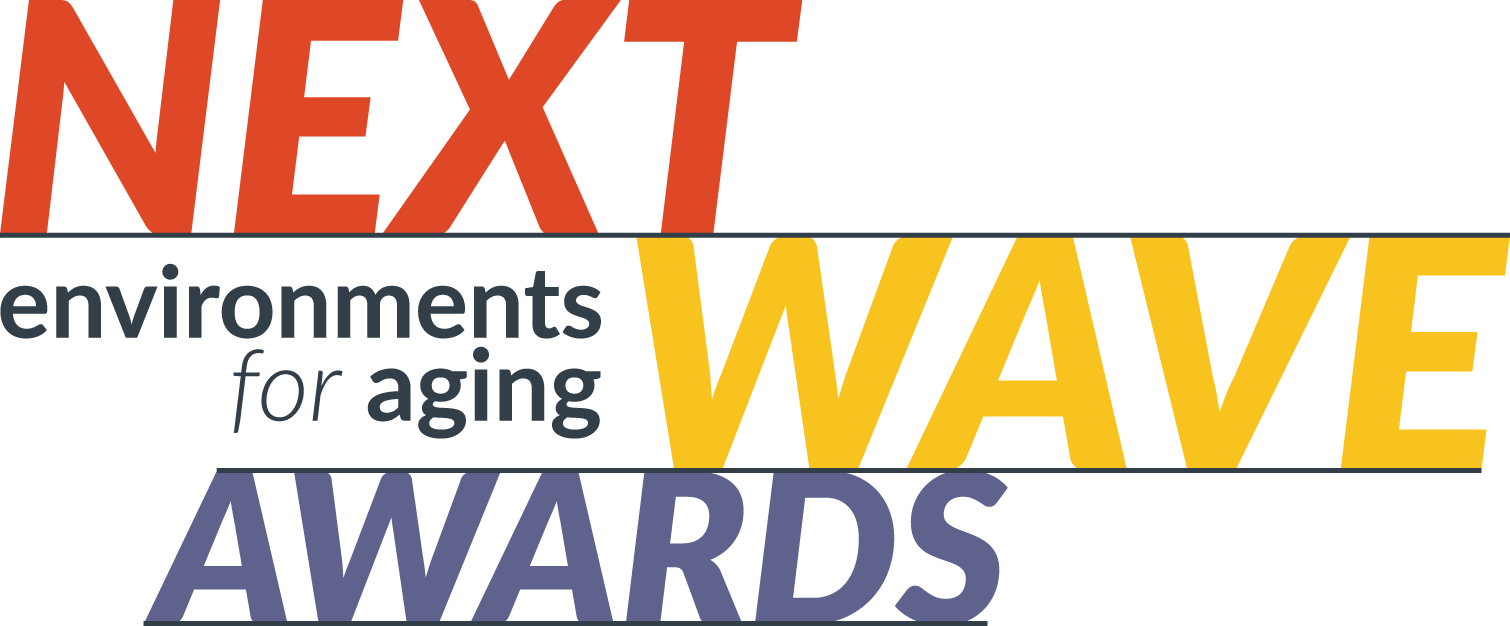Senior living owners and operators say that changing the public perception of senior living communities and putting a positive spotlight on the senior living industry will go a long way toward attracting the next generation of talented caregivers. They’re also recognizing another tool to help those staffing efforts: design strategies.
In a webinar hosted by SAGE, speakers from senior living owner and operator AgeWell Solvere Living (North Palm Beach, Fla.) and Erdman (Madison, Wis.), an architecture and design firm focused on senior living and healthcare, shared strategies for how the built environment can help with recruitment and retention of staff.
The goal of the webinar was to explore strategies to maximize efficiency through strategic layout and operational organization, safeguard the health and well-being of care providers with cost-effective solutions, and create communities where people want to work and thrive while providing safe, high-quality care.
The presentation, titled “How the Built Environment Can Help Recruit and Retain Talented Caregivers,” targeted three areas of focus for senior living owners, operators, and designers: Efficiency, identity, and safety.
Efficiency in design and centralized amenities
Starting with efficiency in design, the panelists noted that the focus shouldn’t be just about reducing costs but also centralizing amenities at the front of a community to increase the visibility of activities. This helps put a spotlight on the positive lifestyle aspects of senior living to make the industry more attractive to workers.
“I don’t think I’ve ever talked to anybody who’s in senior living that ultimately regrets it. Once people get into the industry, they seem to fall in love with it and stay there,” Isaac Wallace, senior living market sector leader at Erdman, said during the webinar. “It’s really about getting these ideas out there, so people see what senior living looks like from the inside.”
Centralized amenities and key adjacencies also can have a positive effect on staff morale and experiences, by reducing steps and increasing workload efficiencies for employees.
Another strategy for maximizing efficiency is to explore how to leverage a space for multiple functions, Wallace said. He cited a recent project example where a bistro space, which required a heavier staffing model, was adapted into a flexible space where, during certain parts of the day, residents can host friends and family for gatherings. As a result, the space doesn’t have to be staffed as heavily or frequently, reducing the workload and burden on employees and freeing up caregivers to be more engaged with residents.
Fostering pride, identity among residents and staff
Another topic in the webinar focused on how giving a community a unique design or identity can foster pride among residents and staff alike, making it place where people want to work. “There’s a huge value to having a community that people can identify with from a positive standpoint,” said David Mills, president and chief operating officer at AgeWell Solvere Living.
For example, he said, the central amenity space at Celebration Village Forsyth (Suwannee, Ga.) combines a lounge, dining venues, and a fitness outlet. “It’s a nice place to be, so it makes [staff and residents] feel good during the day,” Mills said, noting it results in more engagement between staff and residents.
“We had really, really light (staff) turnover in this community and others designed like this because staff feel like they’re a part of something great,” he said.
Wallace said that creating a sense of identity with design requires more than “just pretty pictures on the wall.” For example, he said a senior living community in Georgia features the local college football team in some of the artwork and décor.
“It has to mean something to the people who are going to be there,” he said. “It’s a very regional thing and presents an opportunity for staff to feel like this is more than a job. That’s got to be the goal from the very start.”
Design that promotes safety and health
Another way to attract and retain staff: Create safe work environments, according to the speakers. “We talk so much about resident transitions and trip hazards, but just as many people on the staffing side can trip or fall, and that can easily remove a staff member from your community, which obviously is an expensive replacement,” Mills said. “We want to make sure we take as many of those hazards out of the way for our team members.”
Zero-transition floors are one idea to minimize trip hazards and make it easier for staff to push carts down hallways, the speakers shared.
Safe environments for staff also must place an emphasis on health and wellness. For example, orienting staff lounges and back-of-house areas to provide access to natural light has health benefits, and healthier staff members are happier and safer, Mills said.
“One of the things we found is that we never gave natural sunlight to the back of house, Mills said. “Chefs were grumpy because they didn’t get any Vitamin D. They were hidden in the back,” he said.
Wallace added that it’s also important for staff to have a variety of spaces to recharge and decompress that are easily accessible and where staff can see what’s happening around them.
“This is an investment in your team,” Wallace said.
Read more about design strategies that can help to recruit and retain staff here.
Robert McCune is senior editor of Environments for Aging. He can be reached at [email protected].








